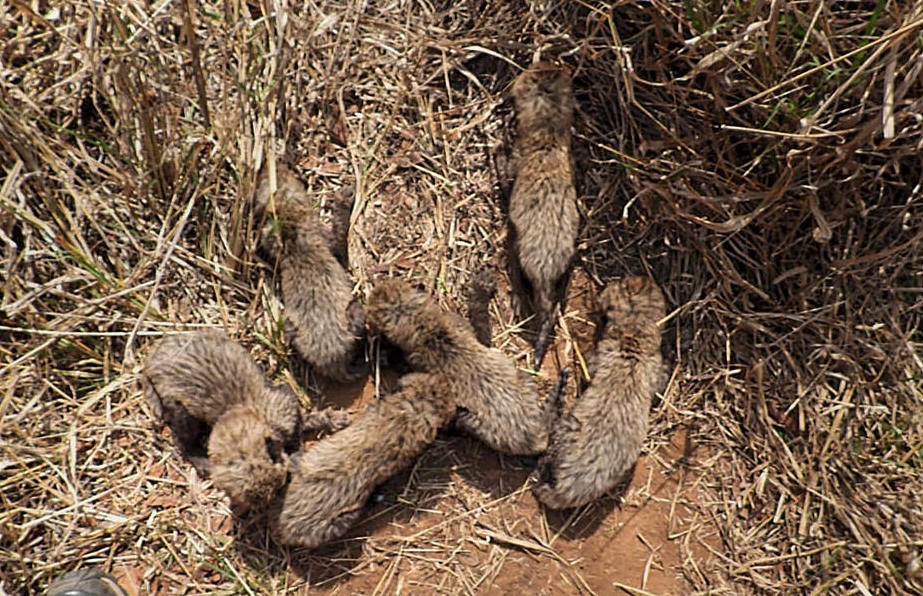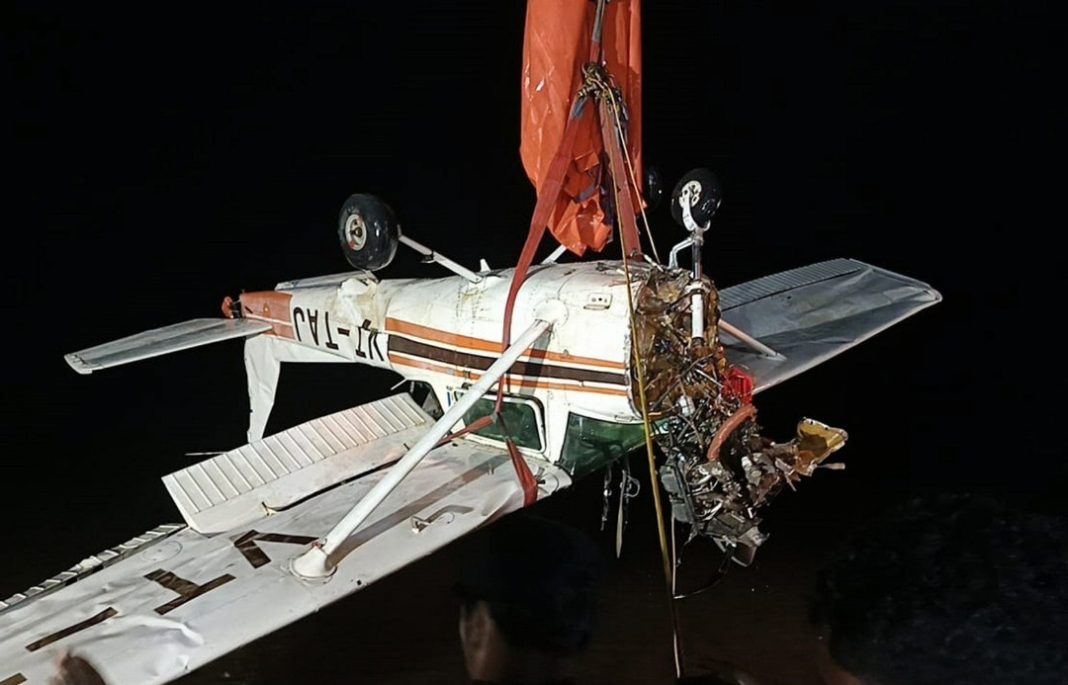By Gaurav Saini
New Delhi, Aug 27: Madhya Pradesh’s Kuno National Park, the first home to translocated cheetahs in India, continues to struggle with a high leopard population and a low prey base, while the twin challenges have delayed preparations at the Gandhi Sagar Wildlife Sanctuary that will be the second site for cheetah introduction.
Summary records from meetings of the Centre’s Cheetah Project Steering Committee reveal that prey augmentation and leopard management are among the major challenges facing the grand initiative since the reintroduction of cheetahs in India in September 2022.
The low prey density is also one of the reasons why cheetahs spent an extended period in enclosures in Kuno after being brought back from the wild in August last year, following the death of three cheetahs due to septicemia.
As an interim solution, authorities have been introducing prey into both Kuno and Gandhi Sagar that is also in Madhya Pradesh. The high leopard population in both areas also prompted the initiation of a leopard translocation drive.
But members of the committee have time and again emphasised the importance of “in-situ prey build up”, saying “active prey augmentation through translocation cannot happen indefinitely”.
In a meeting on June 18, Sanjay Raikhere, DFO Mandsaur, reported that there were 24 leopards in the 64 sq km enclosure being prepared for the new batch of cheetahs in Gandhi Sagar. According to sources, 15 leopards have been relocated from there so far.
Sources have told PTI that Gandhi Sagar is “not 100 percent ready” for cheetahs, largely owing to the leopard and prey base challenges.
“We are working on making the fencing leopard-proof. We also need to improve the prey population both inside and outside the enclosure,” a source said.
Gandhi Sagar is spread across 368 sq km and has an additional 2,500 sq km area surrounding it.
According to the “Action Plan for Introduction of Cheetah in Gandhi Sagar”, five to eight cheetahs will be released into a 64 sq-km predator-proof fenced area in the first phase with a focus on breeding.
The long-term goal is to establish a metapopulation of 60-70 cheetahs in the Kuno-Gandhisagar landscape.
According to experts, the presence of dominant predators like leopards and lions influences cheetah’s home range and space use.
Cheetahs, known for their exceptional speed and agility, are adapted to hunt primarily in open habitats. In contrast, leopards are highly adaptable to a wide range of habitats and have a more versatile diet. As a result, cheetahs tend to avoid direct confrontation with leopards by choosing habitats and times when leopards are less active.
According to Project Cheetah’s annual report for 2022-23, in Kuno, leopards were observed being chased away during encounters with cheetah coalitions.
Records obtained by PTI through an RTI application show that committee members have expressed serious concerns over prey and leopard-related challenges in nearly every meeting held so far.
According to the summary record of the meeting dated June 18, Rs 3.75 crore has been spent on grass revival in an area of around 5,000 hectares in Kuno, as part of habitat improvement efforts to sustain a healthy prey base.
In the same meeting, Qamar Qureshi, a scientist at the Wildlife Institute of India (WII), expressed concern over the low chinkara population in Gandhi Sagar (outside the enclosure) and emphasised the need to manage the high leopard density there.
Steering Committee Chairman Rajesh Gopal stressed the need for an ecological, niche-based long-term solution to address the relative abundance of leopards.
In a meeting held on March 12, S P Yadav, the former head of Project Cheetah and advisor to the steering committee, said the high density of leopards at Kuno, along with comparatively low prey density, is a cause for concern.
Gopal said grass revival should be carried out in a time-bound manner to support in-situ prey revival and that the translocation of leopards should follow a standard operating procedure.
“This is important since the habitat is devoid of bigger cats like tiger or lion causing spatial/niche separation of leopards. High density of leopards would reduce the standing prey biomass,” he said.
In another meeting in December last year, Qureshi said prey assessment at Kuno revealed an average of 17 prey animals per sq km, with hotspots harbouring around 30-35 prey animals per sq km. The leopard population was found to be high, at 26 per 100 sq km.
In a meeting held on September 4 last year, shortly after the cheetahs were returned to enclosures from the wild, Gopal said the big cats should be released back into the wild “only when we are confident with the prey density outside, which ideally should be 30-60 chital units per sq km”. At that time, only 18-20 chital units per sq km were available.
During the meeting, P R Sinha, former head of WII, said that while external prey supplementation must continue, “we should not lose sight of the task of building a natural prey base through habitat manipulation”. “This task is difficult, but this is our ultimate goal,” he added.
Qureshi gave a presentation on Kuno’s prey base, noting that it had 91 leopards, and that the prey population was “too low to release all the cheetahs into the wild”. (PTI)




